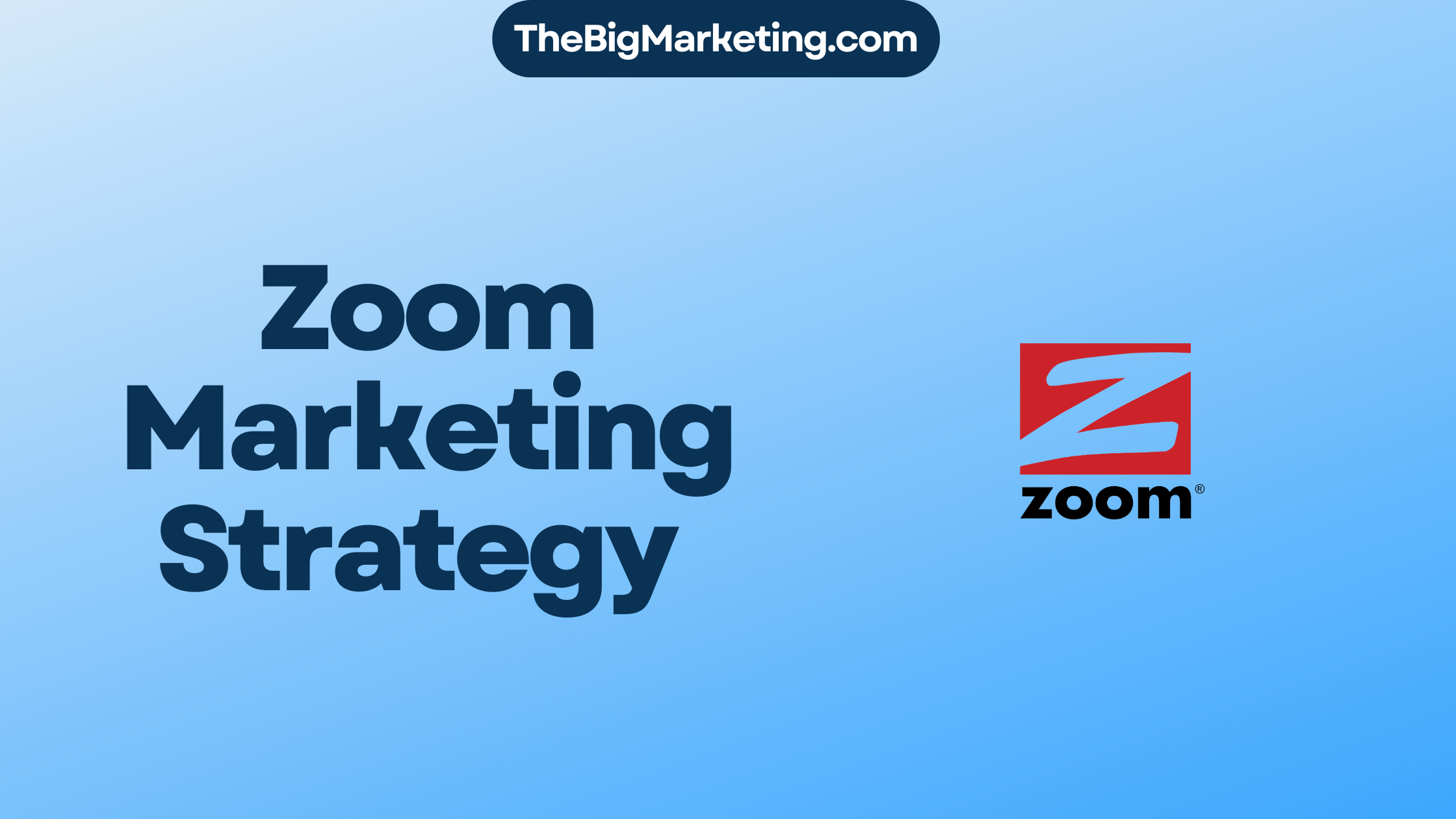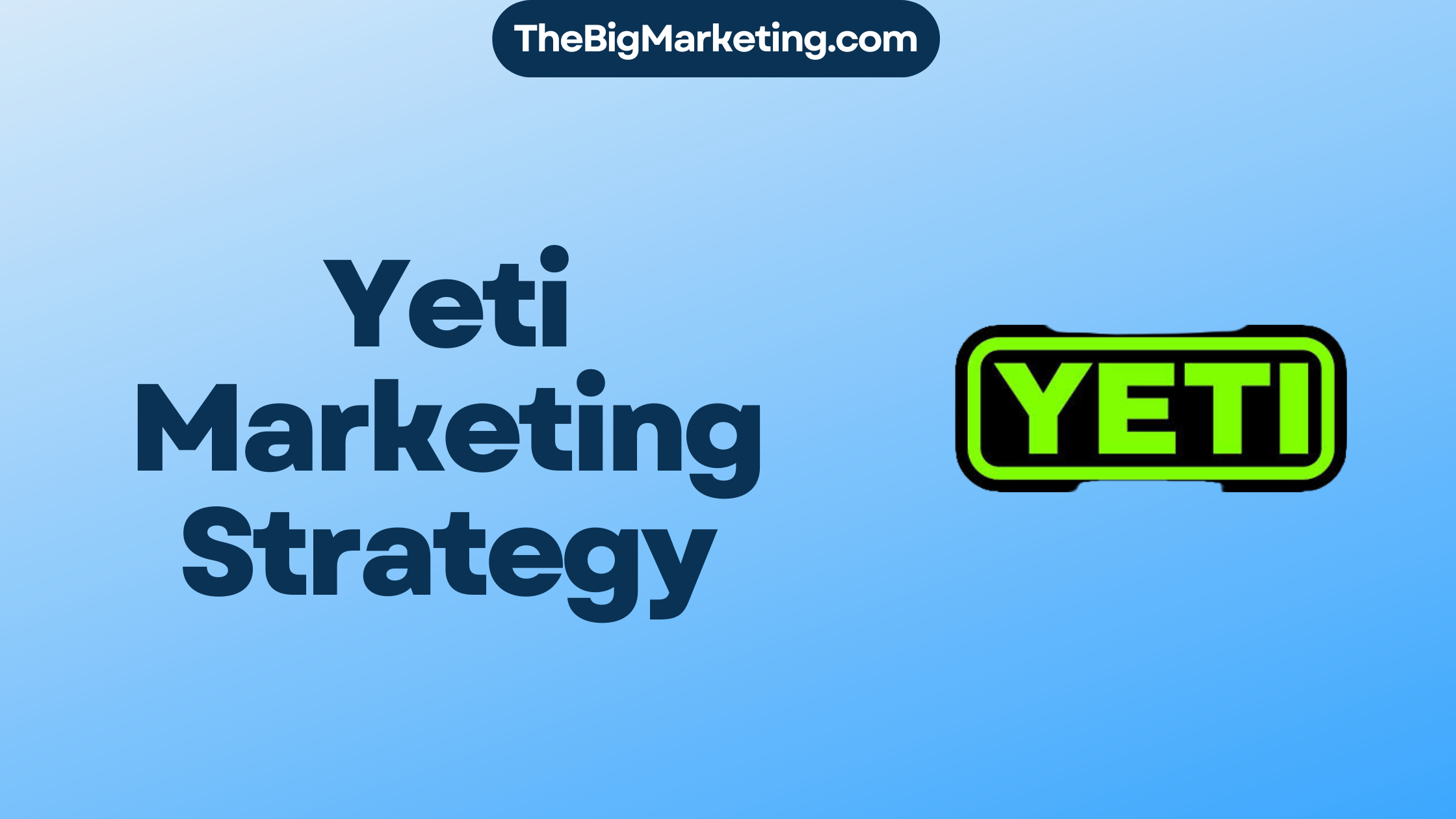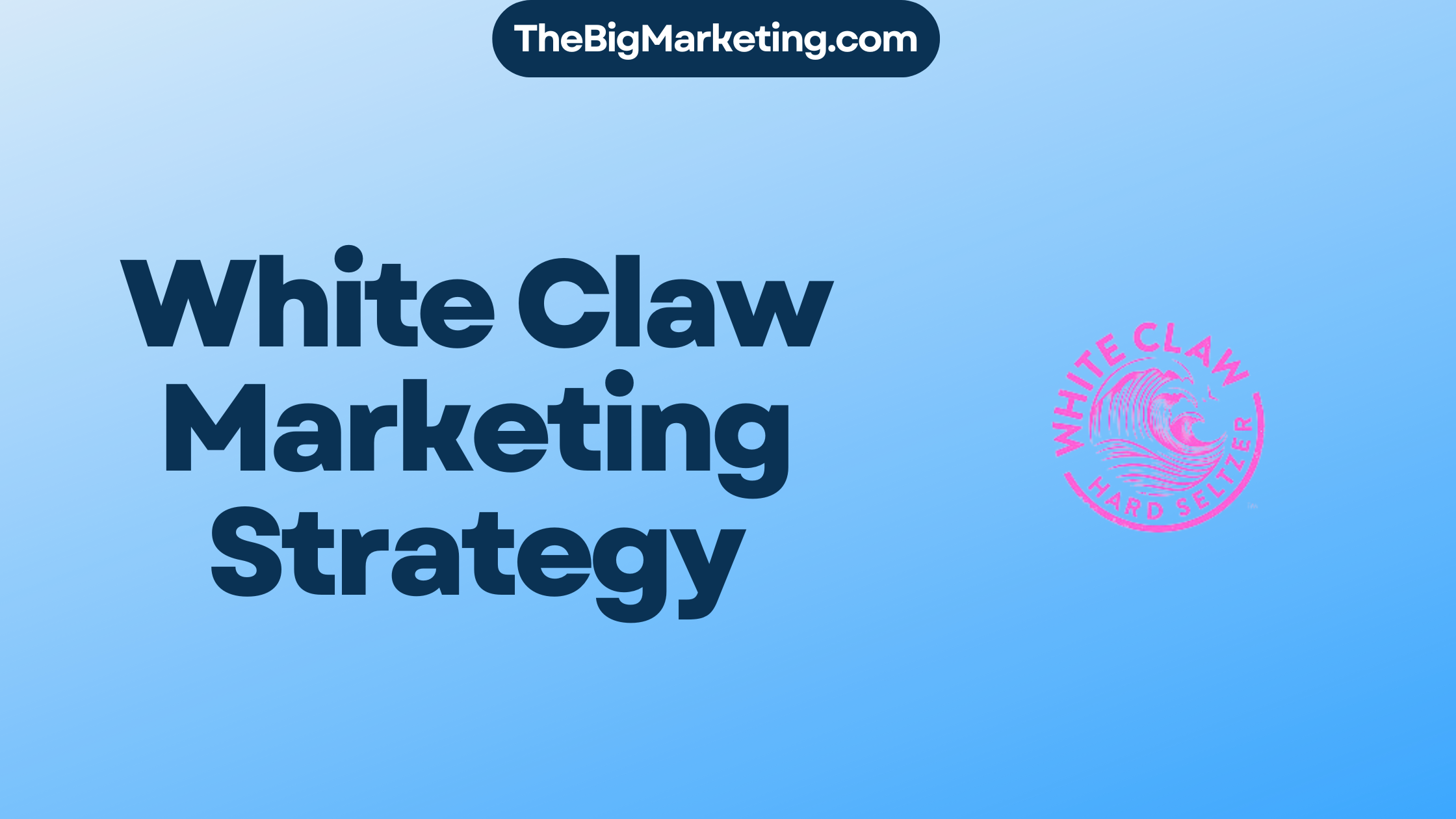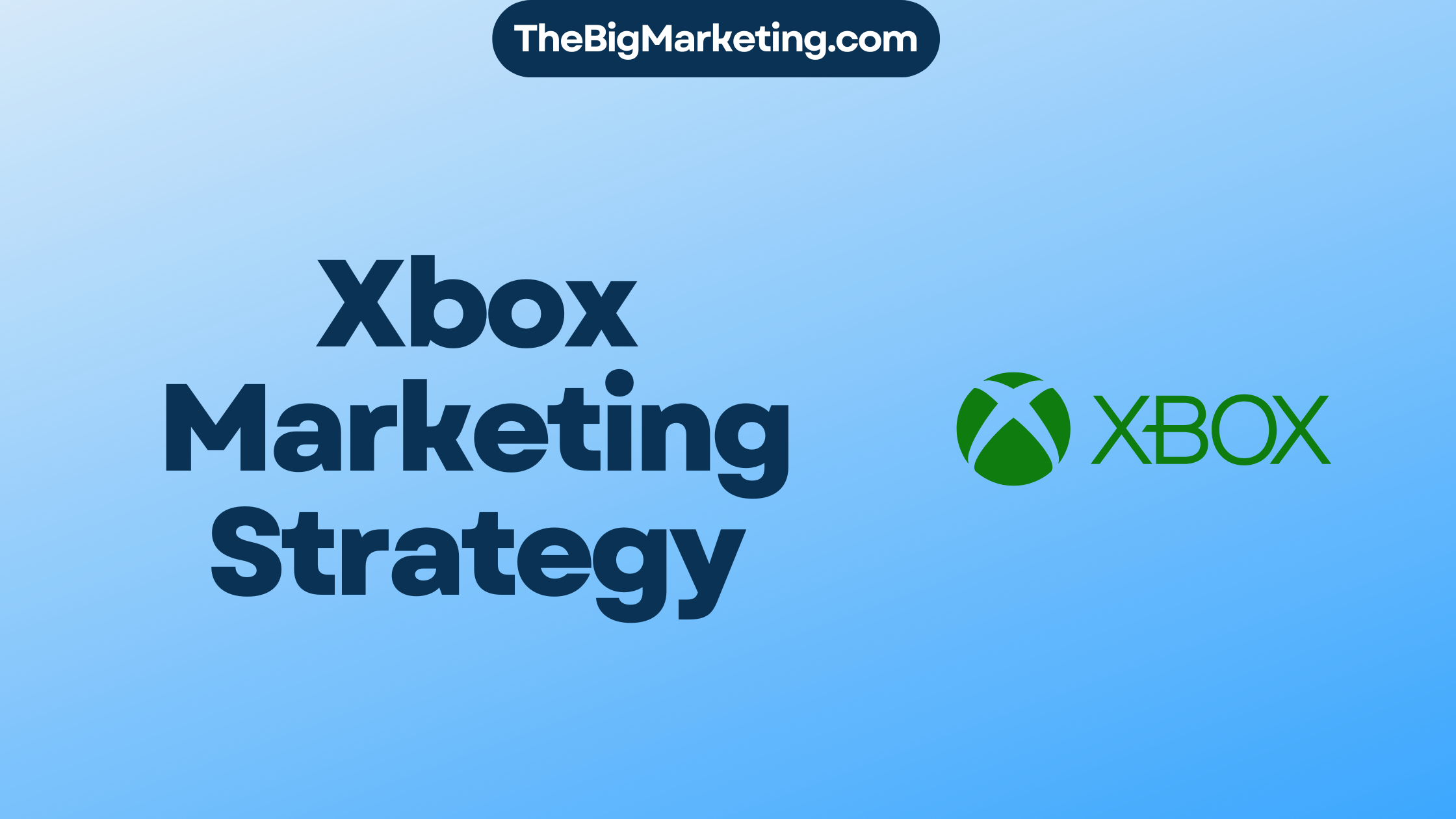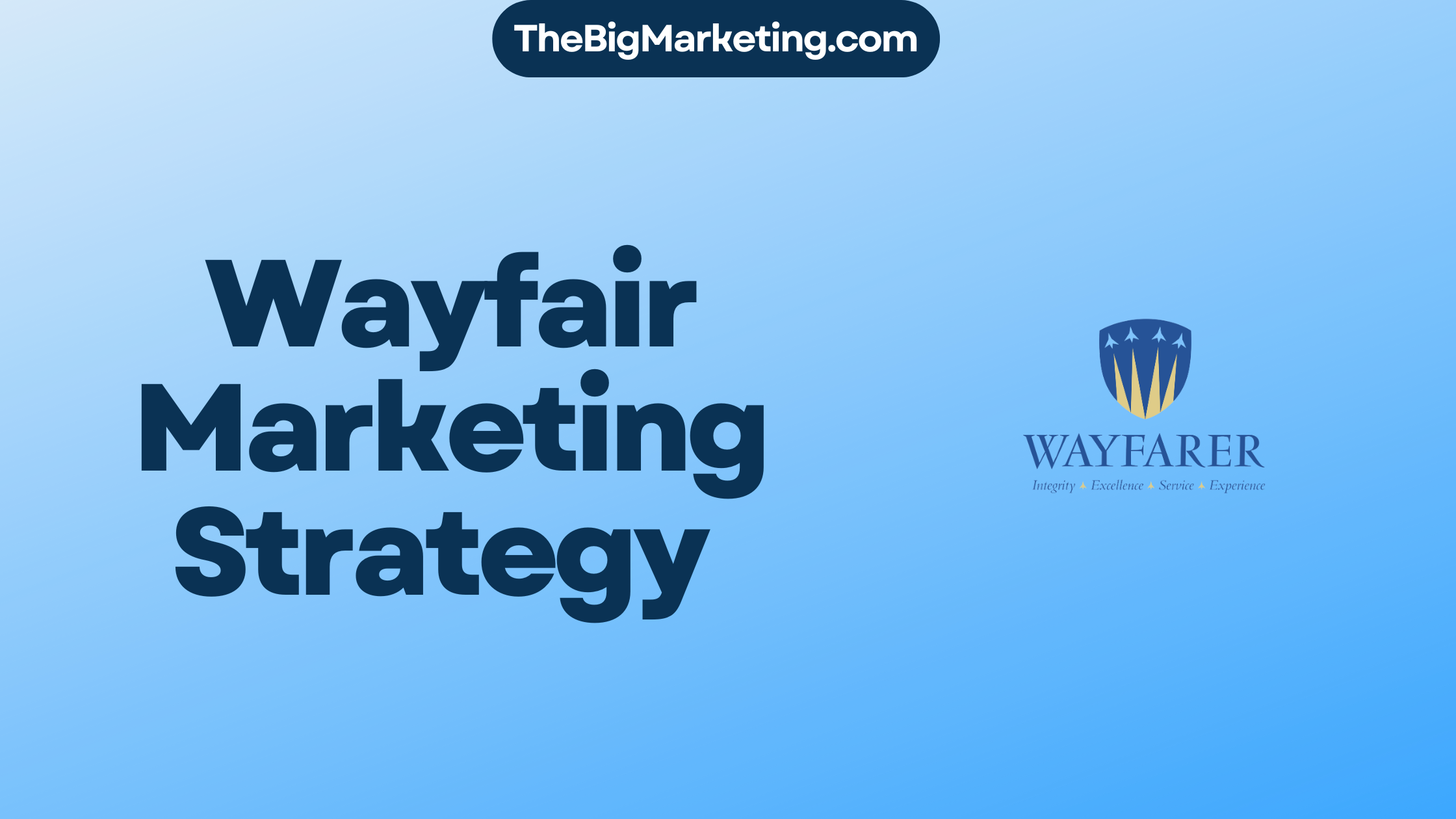Reebok, a subsidiary of Adidas since 2005, is a global leader in fitness apparel and footwear. The brand’s marketing strategy encompasses various aspects, including advertising campaigns, brand positioning, target audience, marketing tactics, digital marketing, social media strategy, content marketing, brand awareness, and market segmentation.
Key Takeaways:
- Reebok has a comprehensive marketing strategy that covers multiple aspects of the business, such as advertising, brand positioning, and market segmentation.
- The brand targets a specific audience and utilizes various marketing tactics to reach them effectively.
- Reebok’s digital marketing and social media strategies play a vital role in building brand awareness and engagement.
- Content marketing is an integral part of Reebok’s marketing strategy, allowing the brand to create a strong connection with its target audience.
- Reebok’s focus on brand awareness and market segmentation helps the company stand out in the competitive fitness industry.
About Reebok Company
Reebok, a subsidiary of J.W. Foster and Sons, a renowned sports goods firm, was founded in the UK in 1958. It quickly emerged as a prominent fitness apparel and footwear brand, gaining global recognition. Reebok’s worldwide headquarters are located in Boston, Massachusetts, reflecting its strong presence in the United States. To further establish its international reach, Reebok has regional offices strategically located in Amsterdam, Montreal, Hong Kong, and Mexico City. These regional offices allow the company to effectively manage its operations and cater to different markets around the world.
Since 2005, Reebok has been a subsidiary of Adidas, a leading sportswear company. This acquisition has brought together two major players in the industry, further enhancing Reebok’s position in the market. As a subsidiary of Adidas, Reebok benefits from the resources and expertise of its parent company, enabling it to pursue innovative strategies and maintain its competitive edge.
In addition to its core brand, Reebok also operates several subsidiaries that contribute to its success in the fitness industry. CrossFit, a global fitness community, is one of Reebok’s notable subsidiaries. CrossFit promotes the brand’s commitment to fitness and plays a significant role in Reebok’s overall marketing strategy. Another subsidiary is Spartan Race, an internationally recognized obstacle race and endurance brand. These subsidiaries align with Reebok’s mission to inspire individuals to live an active lifestyle and provide unique platforms for engaging with fitness enthusiasts.
| Reebok Company Information | |
|---|---|
| Year Founded | 1958 |
| Headquarters | Boston, Massachusetts |
| Regional Offices | Amsterdam, Montreal, Hong Kong, Mexico City |
| Subsidiaries | CrossFit, Spartan Race |
Reebok’s Product Strategy
Reebok understands the diverse needs of fitness enthusiasts and athletes, which is reflected in its comprehensive product strategy. The brand offers a wide range of products designed specifically for fitness, running, and CrossFit. Reebok’s product portfolio includes clothing, footwear, and accessories for men, women, and children, ensuring that everyone can find the perfect gear to support their active lifestyle.
One of Reebok’s key focuses is on innovation. The brand constantly pushes boundaries to create products that deliver both performance and style. Reebok incorporates rich materials and advanced technology into its designs to provide optimum comfort and functionality. Whether it’s a pair of running shoes with responsive cushioning or moisture-wicking workout apparel, each product is crafted with precision and attention to detail.
Reebok’s product categories cover a wide spectrum of athletic gear. The apparel collection includes performance tops, bottoms, jackets, and accessories, all designed to enhance mobility and performance. When it comes to footwear, Reebok offers a diverse selection of shoes for various sports and activities, including running, training, and CrossFit. In addition to clothing and footwear, Reebok also provides a range of fitness equipment and accessories to support individuals in their pursuit of a healthy and active lifestyle.
Reebok’s commitment to quality and innovation has made it a trusted choice among fitness enthusiasts and professional athletes. The brand’s product strategy continues to evolve to meet the ever-changing needs and preferences of its customers, ensuring that Reebok remains at the forefront of the fitness industry.
| Reebok Product Categories | Description |
|---|---|
| Clothing | A wide range of performance tops, bottoms, jackets, and accessories |
| Footwear | Diverse selection of shoes for running, training, and CrossFit |
| Fitness Equipment | Various equipment and gear to support fitness activities |
| Fitness Accessories | Additional accessories to enhance performance and convenience |
With Reebok’s wide range of products and commitment to innovation, athletes and fitness enthusiasts can find the perfect gear to support their active lifestyle. From high-performance apparel and footwear to fitness equipment and accessories, Reebok has solidified its position as a leading brand in the fitness industry.
Reebok’s Place & Distribution Strategy
Reebok has implemented a robust distribution strategy to ensure its global reach and accessibility to consumers. Through its extensive network of retail outlets and online presence, the brand caters to the diverse needs of its customers.
Retail Outlets
Reebok has established exclusive retail outlets in various countries, providing a physical space where customers can explore and purchase its products. These retail outlets are strategically located in key cities and shopping destinations, ensuring maximum visibility and accessibility. The stores are designed to showcase Reebok’s wide range of fitness apparel, footwear, and accessories, creating an immersive shopping experience for customers.
Furthermore, in addition to exclusive retail outlets, Reebok also operates factory outlets where customers can find discounted products. These factory outlets offer attractive deals and promotions, making Reebok’s products more affordable and accessible to a wider range of consumers.
Online Presence
Recognizing the growing significance of e-commerce, Reebok has established a strong online presence through its official website. The website serves as an online retail platform, allowing customers to browse and purchase Reebok products from the comfort of their own homes. They can access detailed product information, view images, and read customer reviews to make informed purchasing decisions.
Additionally, Reebok has formed strategic partnerships with popular e-commerce platforms such as Amazon, Flipkart, and Myntra. These partnerships enable Reebok to reach a larger customer base and tap into the existing customer networks of these platforms. By leveraging the extensive reach and convenience of online shopping, Reebok enhances its accessibility and caters to the evolving preferences of consumers.
Reebok’s Distribution Strategy
Reebok’s distribution strategy encompasses a combination of retail outlets and online channels, catering to both traditional and digital shopping preferences. This multi-channel approach allows Reebok to meet the diverse needs of its customers and optimize its market reach. Whether customers prefer the in-person experience of visiting a retail outlet or the convenience of online shopping, Reebok ensures that its products are readily available in a variety of locations and platforms.
| Retail Outlets | Online Presence |
|---|---|
| Exclusive retail outlets | Official website |
| Factory outlets | Partnerships with e-commerce platforms |
Reebok’s comprehensive distribution strategy enables the brand to effectively reach and serve its global customer base. Whether customers choose to visit a retail outlet or shop online, Reebok’s commitment to accessibility ensures that its products are available through various channels, ensuring a seamless and convenient shopping experience.
Reebok’s Pricing Strategy
Reebok adopts a pricing strategy that focuses on market penetration. The brand employs various approaches to pricing to ensure its products are competitive and attractive to customers. Let’s explore Reebok’s pricing strategy and the different tactics it uses to capture market share.
Initial Low Pricing
Reebok begins by setting low prices for its products to attract customers and create demand. This approach allows the brand to enter the market and gain initial traction. By offering competitive prices, Reebok can entice customers to try its products and establish a customer base.
Fair Pricing based on Perceived Value
As the demand for Reebok products grows, the pricing approach evolves to fair pricing based on the perceived value and quality of the products. Reebok understands the importance of offering products that justify their price in the eyes of customers. By pricing its products fairly, Reebok ensures that customers see the value they are getting and are willing to pay for it.
Value-Added Pricing
Reebok also uses value-added pricing to emphasize the superior quality and features of its products. The brand highlights the innovation, technology, and performance-enhancing characteristics that set its products apart. This added value justifies a higher price point, as customers recognize the additional benefits they receive when choosing Reebok.
Competitive Pricing
Additionally, Reebok employs competitive pricing in certain instances to gain market share. The brand adjusts its prices to match or beat competitors to attract customers who are price-conscious. This strategy allows Reebok to position itself as a cost-effective choice for customers while maintaining the quality and value that the brand is known for.
Reebok’s Promotional Strategy
Reebok understands the power of effective promotion in reaching its target audience and creating brand awareness. The brand employs a comprehensive promotional strategy that utilizes brand ambassadors, athletes, and celebrities to showcase the connection between sports, fitness, and Reebok’s product range.
One of the key components of Reebok’s promotional strategy is its collaboration with brand ambassadors. Reebok carefully selects individuals who align with its brand values and resonate with its target audience. These brand ambassadors serve as influential figures, representing the brand’s commitment to fitness and inspiring consumers to engage with Reebok’s products.
In addition to brand ambassadors, Reebok invests in advertising campaigns that capture attention and leave a lasting impression. The brand’s advertising campaigns are designed to evoke emotions, motivate action, and highlight the unique features and benefits of Reebok’s products. Through compelling storytelling and captivating visuals, these campaigns effectively communicate Reebok’s value proposition to consumers.
Reebok also recognizes the significance of sponsorship in its promotional efforts. The brand sponsors major sporting events and teams, such as the IPL and Spartan Race, to further establish its presence in the sports and fitness arena. By associating itself with these prestigious events, Reebok enhances its credibility and reinforces its image as a leader in the industry.
When it comes to media channels, Reebok employs a strategic mix of offline channels to reach its target audience. The brand leverages billboards, magazines, newspapers, radio, and television to maximize its reach and visibility. By utilizing these traditional media channels, Reebok can engage with consumers across various touchpoints and reinforce its brand messaging.
Notably, Reebok’s offline media channels complement its digital marketing efforts, creating a cohesive and integrated promotional strategy. As technology continues to advance, Reebok understands the importance of maintaining a strong presence both online and offline to effectively engage with its diverse customer base.
| Promotional Strategy Components | Description |
|---|---|
| Brand Ambassadors | Reebok collaborates with influential individuals to represent the brand and inspire consumers. |
| Advertising Campaigns | Reebok creates compelling campaigns that communicate its value proposition and captivate consumers. |
| Sponsorship | Reebok sponsors major sporting events and teams to enhance its credibility and brand image. |
| Offline Media Channels | Reebok leverages traditional media channels like billboards, magazines, newspapers, radio, and television to reach its target audience. |
Reebok’s Marketing Mix
Reebok’s marketing mix is a strategic framework that encompasses the essential elements of the brand’s marketing strategy. The marketing mix, commonly referred to as the 4Ps, consists of product, price, place, and promotion. Each of these factors plays a crucial role in shaping Reebok’s marketing approach and determining its success in the competitive market.
Product
Reebok’s product strategy revolves around offering a diverse range of fitness apparel, footwear, and accessories. The brand focuses on innovation, using cutting-edge technology and premium materials to ensure optimal performance and comfort in its products.
Price
Reebok adopts a pricing strategy that combines market penetration and fair pricing. Initially, the brand sets competitive prices to attract customers and gain market share. As demand grows, Reebok adjusts its pricing to reflect the perceived value and quality of its products.
Place
Reebok places a strong emphasis on its distribution strategy to ensure widespread availability of its products. The brand operates through various channels, including exclusive retail outlets, factory outlets, and distributor networks. Reebok also leverages its online presence by partnering with popular e-commerce platforms.
Promotion
Reebok’s promotional strategy aims to create brand awareness, engage customers, and drive sales. The brand utilizes a mix of marketing techniques, such as advertising campaigns, sponsorships, and endorsements by athletes and celebrities. Reebok also leverages offline media channels, including billboards, magazines, newspapers, radio, and television.
To provide a comprehensive overview of Reebok’s marketing mix, let’s take a closer look at how the internal and external variables impact each element:
- Internal variables: Reebok’s internal factors, such as its organizational structure, resources, and capabilities, influence the development and execution of its marketing mix. The company’s commitment to innovation, product quality, and customer-centric approach drives its product strategy, pricing decisions, and promotional activities.
- External variables: Reebok’s marketing mix is also influenced by external factors, including market trends, competition, and customer preferences. The brand closely monitors market dynamics and consumer behavior to make informed decisions regarding product development, pricing, distribution, and promotion. By staying attuned to external variables, Reebok adjusts its marketing mix to maintain a competitive edge in the industry.
Overall, Reebok’s marketing mix serves as a strategic framework that guides the brand’s marketing decisions, helping it create a strong presence in the global fitness industry. By carefully considering the 4Ps and adapting to internal and external variables, Reebok continues to showcase its commitment to product excellence, competitive pricing, effective distribution, and impactful promotion.
Reebok’s SWOT Analysis
Reebok’s SWOT analysis delves into the company’s internal strengths and weaknesses, as well as external opportunities and threats. This analysis provides valuable insights into various aspects of Reebok’s business strategy and market positioning.
Strengths:
- Loyal female customer base: Reebok has successfully cultivated a strong following among its female customers, who appreciate the brand’s emphasis on fitness and active lifestyles.
- Product segmentation: Reebok offers a diverse range of products for different fitness activities and sports, allowing the brand to capture a wider market and cater to specific customer needs.
- Global reach: With regional offices and retail outlets worldwide, Reebok has established a robust international presence, enabling it to tap into various markets and customer demographics.
- Strong international sponsorships: Reebok’s partnerships with global sporting events and teams contribute to its brand recognition and association with athleticism.
Weaknesses:
- Poor marketing strategy: Reebok has faced challenges in creating an effective marketing strategy that resonates with its target audience and effectively communicates the brand’s value proposition.
- Negative PR: The brand has encountered negative publicity in the past, affecting its reputation and consumer perception.
Opportunities:
- Social media marketing: Reebok has the opportunity to leverage social media platforms to engage with customers, build brand awareness, and showcase its products and campaigns.
- Heightened interest in fitness: With increasing awareness and interest in health and fitness, Reebok can capitalize on this trend by further emphasizing its fitness-focused product range.
Threats:
- Over-reliance on footwear sales: Reebok’s heavy reliance on footwear sales makes the brand vulnerable to fluctuations in the footwear market and consumer preferences.
- Unpredictable fads in the fashion industry: The fashion industry is notorious for its ever-changing trends and fads, posing a challenge for Reebok to consistently adapt and stay relevant.
Understanding these internal and external factors through Reebok’s SWOT analysis provides valuable insights that can inform the brand’s strategic decision-making process and help identify areas for improvement and growth.
Reebok’s New Marketing Direction
Reebok has recently implemented a significant shift in its marketing strategy to target a younger demographic, specifically Millennials and Gen Z. Departing from its traditional sport-focused message, the brand has embraced a more creative and irreverent approach. This change aims to enhance brand awareness and resonate with an audience that values humor and creativity when it comes to marketing.
Reebok recognizes the importance of adapting to the evolving consumer landscape, especially with the rise of digital media and changing consumer preferences. By implementing this new marketing direction, Reebok aims to connect with younger consumers who seek personalized and innovative experiences.
This marketing strategy change involves a departure from the conventional methods of advertising and promotion. Instead, Reebok embraces unconventional ideas and collaborations to engage with its target audience effectively. The brand understands the significance of appealing to younger demographics, as they represent the future of the market and have distinct preferences and values.
To support this new marketing direction, Reebok has partnered with influential cultural icons, celebrities, and social media influencers who align with the brand’s vision and resonate with the target demographic. By leveraging these partnerships, Reebok aims to amplify its brand message and increase its reach among the intended audience.
This strategic shift also includes a greater emphasis on digital marketing channels, social media platforms, and content creation. Reebok recognizes that younger consumers are primarily active online and engage extensively with digital content. Therefore, the brand has developed creative and engaging campaigns across various digital touchpoints to showcase its products and values effectively.
Reebok’s new marketing direction signifies the brand’s commitment to staying relevant and appealing to the preferences and values of younger demographics. By adopting a more unconventional and creative approach, Reebok aims to distinguish itself in the competitive market, drive brand loyalty, and enhance its market position.
| Benefits of Reebok’s New Marketing Direction | Examples |
|---|---|
| Increased brand awareness among Millennials and Gen Z | Collaborations with popular influencers on social media campaigns |
| Resonance with younger demographics through creative and irreverent messaging | Campaigns featuring humor and unconventional storytelling |
| Improved engagement and relevance on digital platforms | Interactive content and personalized experiences on social media |
| Enhanced brand positioning in the competitive market | Creating unique partnerships and collaborations with well-known cultural icons |
Reebok’s Loyalty Program
Reebok recognizes the value of its customers and aims to reward their loyalty and brand interactions. With the introduction of Reebok Unlocked, the brand’s first-ever loyalty program, customers can now enjoy the benefits of being a part of the Reebok community. This program offers customers the opportunity to earn points not only through their purchases but also through various brand interactions.
Through Reebok Unlocked, customers can earn points by reviewing products, engaging with the brand on social media, and attending special events. These points can then be redeemed for exclusive experiential and product-based rewards. Reebok Unlocked members gain access to VIP events and enjoy early access to product drops, ensuring that they stay at the forefront of the latest trends and innovations.
Reebok’s loyalty program not only incentivizes purchases but also encourages brand engagement, fostering a stronger relationship with customers. By rewarding brand interactions, Reebok is able to create a sense of community and make customers feel valued and appreciated.
Loyalty Program Benefits:
- Points earned through purchases, reviews, and brand interactions
- Access to exclusive VIP events
- Early access to product drops
Join Reebok’s loyalty program, Reebok Unlocked, and start earning rewards today. Be a part of the Reebok community, where brand interactions and loyalty are celebrated.
| Benefits | Earned Points |
|---|---|
| Product Purchases | 1 point per $1 spent |
| Product Reviews | 50 points per review |
| Social Media Engagement | 10 points per engagement |
| Special Event Attendance | 100 points per event |
Conclusion
Reebok’s marketing strategy has been instrumental in its success and ability to remain competitive in the market. The brand’s emphasis on product innovation, diverse distribution channels, competitive pricing, and effective promotion has allowed it to reach a global audience. By adapting its marketing direction and introducing a loyalty program, Reebok aims to attract younger demographics and maintain relevance in the ever-evolving consumer landscape.
Looking ahead, Reebok’s future prospects are promising as it continues to adapt and evolve its marketing strategies. The brand’s commitment to staying relevant and appealing to its target audience positions it for continued growth and success. By leveraging its strengths, addressing weaknesses, exploring new opportunities, and mitigating threats, Reebok can stay at the forefront of the fitness apparel and footwear industry.
As consumer preferences and trends change, Reebok’s ability to stay agile and responsive to market demands will be crucial. By monitoring market shifts, investing in research and development, and consistently delivering innovative and quality products, Reebok can maintain its competitive edge. With its rich history, global reach, and commitment to fitness, Reebok is well-positioned to thrive in the future.
FAQ
What is Reebok’s marketing strategy?
Reebok’s marketing strategy encompasses various aspects such as advertising campaigns, brand positioning, target audience, marketing tactics, digital marketing, social media strategy, content marketing, brand awareness, and market segmentation.
When was Reebok founded?
Reebok was founded in the UK in 1958 as a subsidiary of J.W. Foster and Sons, a sports goods firm.
What products does Reebok offer?
Reebok offers a wide range of products for fitness, running, and CrossFit. Its product portfolio includes clothing, footwear, and accessories for men, women, and children.
Where are Reebok’s worldwide headquarters located?
Reebok’s worldwide headquarters are located in Boston, Massachusetts.
What is Reebok’s pricing strategy?
Reebok adopts a pricing strategy that focuses on market penetration. It initially sets low prices to attract customers and create demand. The pricing approach then shifts to fair pricing based on the perceived value and quality of the products.
How does Reebok promote its products?
Reebok’s promotional strategy involves the use of brand ambassadors, athletes, and celebrities to showcase the link between sports, fitness, and its product range. The brand also sponsors major sporting events and teams. Reebok utilizes a mix of offline media channels such as billboards, magazines, newspapers, radio, and television to promote its products and create brand awareness.
What is Reebok’s marketing mix?
Reebok’s marketing mix is influenced by the 4Ps: product, price, place, and promotion. These elements are affected by both internal and external variables in the company’s environment. The marketing mix helps Reebok select appropriate strategies, allocate resources, and choose effective marketing techniques for its promotional needs.
What is Reebok’s SWOT analysis?
Reebok’s SWOT analysis examines the company’s internal strengths and weaknesses, as well as external opportunities and threats. The analysis highlights Reebok’s loyal female customer base, product segmentation, global reach, and strong international sponsorships as strengths. Weaknesses include poor marketing strategy and negative PR. Opportunities lie in social media marketing and heightened interest in fitness. Threats include over-reliance on footwear sales and unpredictable fads in the fashion industry.
Who is Reebok’s target audience?
Reebok has recently changed its marketing strategy to appeal to younger demographics, specifically Millennials and Gen Z.
Does Reebok have a loyalty program?
Yes, Reebok has introduced its first-ever loyalty program called Unlocked. This program allows customers to earn points not only through purchases but also through various brand interactions such as reviewing products, engaging on social media, and attending special events.
